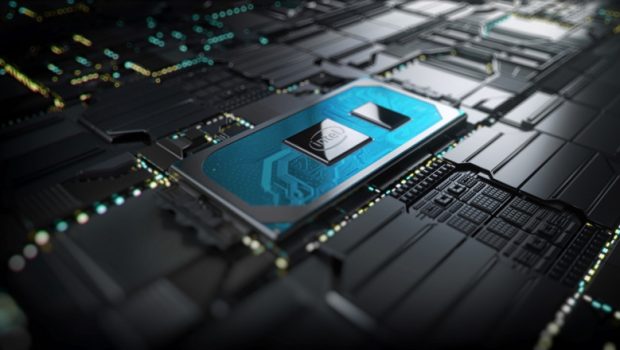Intel develops new chip technology to block hardware-based cyberattacks
Intel Corp. today detailed a new chip technology designed to help organizations more effectively block hardware-based hacking attempts.
Some cyberattacks use vulnerabilities in the software installed on a server to steal data. Other cyberattacks target not the software that runs on a server, but rather the server itself. Hackers cause hardware malfunctions in a bid to weaken the targeted machine’s cybersecurity controls and gain access to its data.
The new chip technology that Intel detailed today is known as TRC, or Tunable Replica Circuit. The company says that TRC can automatically detect several common types of hardware-based cyberattacks. After the technology detects a hacking attempt, administrators can take steps to block it.
TRC spots hardware-based cyberattacks that target a central processing unit’s clock pins, the tiny wires responsible for managing its clock speed. A CPU’s clock speed is the pace at which it carries out certain key computing operations. According to Intel, TRC can also detect cyberattacks that attempt to cause errors in a CPU using electromagnetic waves or by modifying the amount of electricity supplied to the chip.
TRC spots such hacking attempts by monitoring the timing with which a CPU carries out computations.
Modern processors include billions of transistors that perform computations by manipulating electricity. The transistors’ work is coordinated by a clock generator, a specialized component built into the processor. The clock generator optimizes the timing with which transistors carry out computing operations to ensure that processing is carried out efficiently.
The hardware-based cyberattacks that Intel’s TRC technology is designed to detect cause slight changes in the timing with which a CPU’s circuits carry out computing operations. When TRC detects such changes, it can determine that hackers are attempting to access data in the CPU.
TRC was originally developed by Intel’s Intel Labs research division to detect common technical issues in CPUs. The research division later teamed up with the company’s Physical Attack and Side Channel Analysis Lab and Client Computing Group to adapt the technology to cyberattack detection.
Intel has included TRC in its latest-generation Alder Lake lineup of CPUs. The company didn’t build the technology directly into the CPUs, but rather implemented it in an external component known as the Platform Controller Hub. The Platform Controller Hub is a standalone chip that is deployed alongside Intel processors in servers and performs certain cybersecurity tasks, such checking firmware for signs of hacking.
According to Intel, one of the main challenges involved in developing TRC was optimizing its accuracy. The company’s engineers had to ensure that the technology won’t accidentally flag commonly occurring CPU errors as malicious activity. At the same time, they optimized TRC to avoid false negatives, or cases where malicious activity goes undetected.
TRC is the latest in a series of cybersecurity technologies that Intel has added to its CPUs. The company also offers SGX, a CPU feature that makes it possible to store sensitive data in an isolated section of a processor inaccessible to hackers. Intel’s chips can also detect cyberattacks that target the onboard firmware.








Gloss